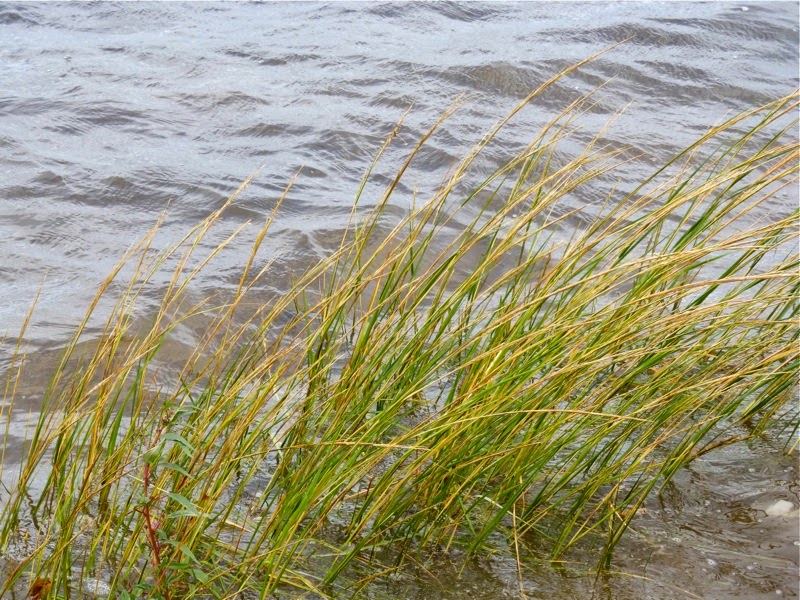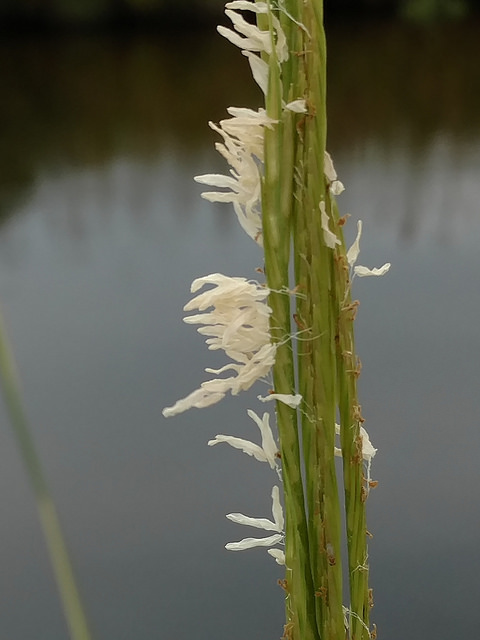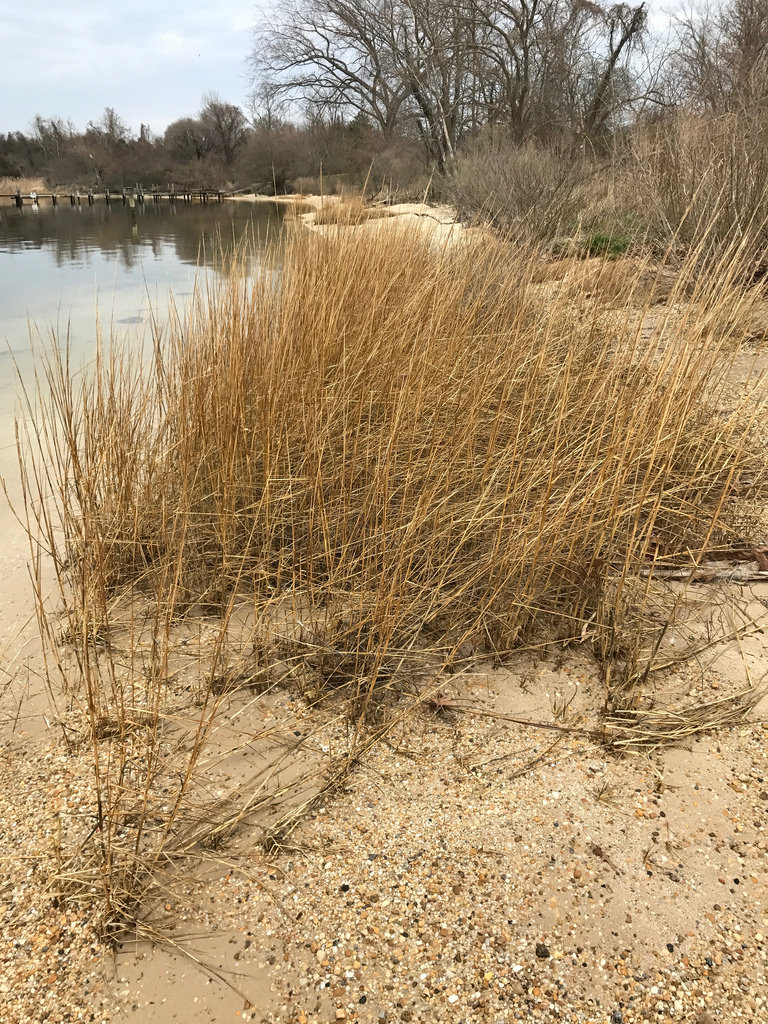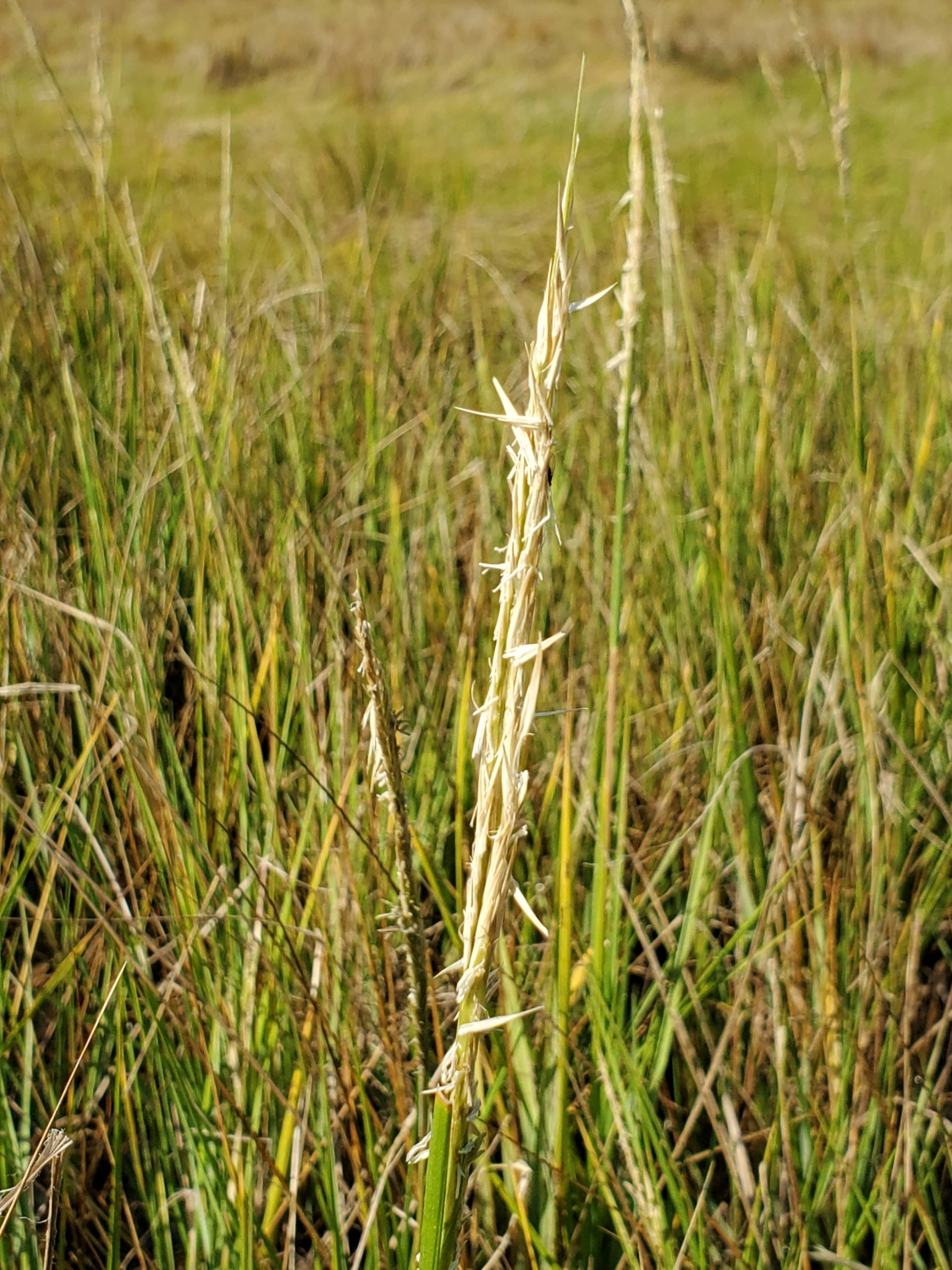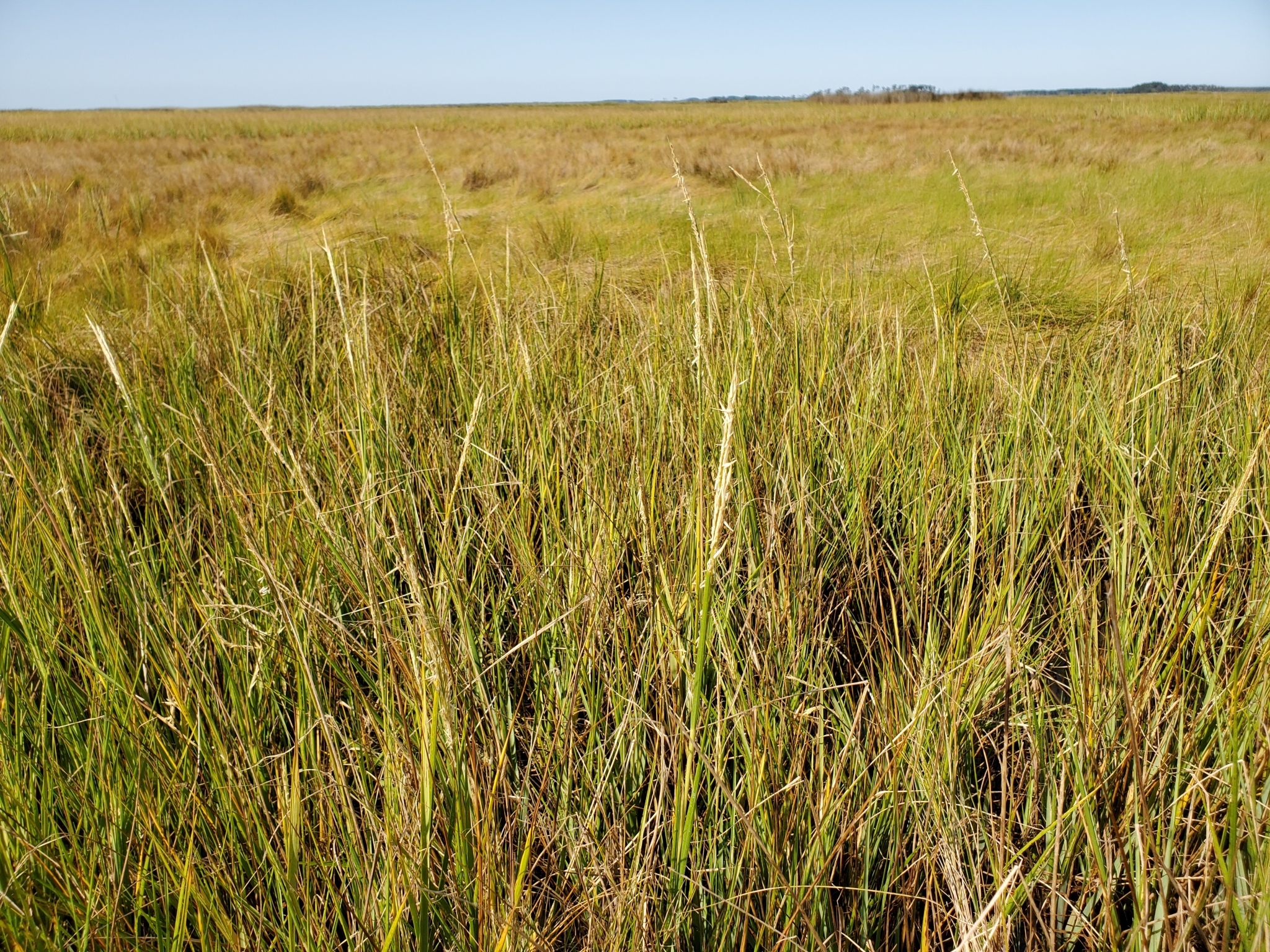

 Synonyms: Saltmarsh Cordgrass, Spartina alterniflora, Spartina alterniflora var. glabra, Spartina stricta var. maritima.
Synonyms: Saltmarsh Cordgrass, Spartina alterniflora, Spartina alterniflora var. glabra, Spartina stricta var. maritima.














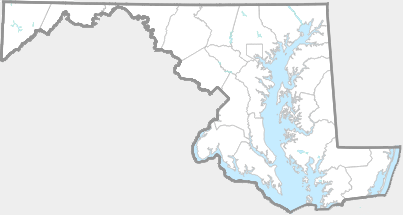
Smooth Cordgrass is a common plant of the brackish marshes and salt marshes throughout the Chesapeake Bay and Maryland's Coastal Bays. Smooth Cordgrass can be found along the Atlantic Coast from the Maritime Provinces of Canada, south to Florida, and along the Gulf Coast from Florida to the Texas coast, south into Mexico. Smooth Cordgrass has become established at various locations along the west coast of the United States. At these locations it is considered highly invasive.The authors of Life in the Chesapeake Bay (Lippson, 2006) write that Smooth Cordgrass is the most important plant of the Chesapeake Bay Estuary!The genus Spartina was recently subsumed into Sporobolus.
Smooth Cordgrass is rhizomatous and grows in the intertidal zone. It dominates the lowest areas of the marsh, growing closer to the water's edge than Black Needlerush and Saltmeadow Cordgrass. Smooth Cordgrass has flowering spikes that stand erect at the top of the stem, unlike the closely related Saltmeadow Cordgrass and Big Cordgrass that have flowers forming on branches spreading from the upper portions of the stem. Smooth Cordgrass can grow between 3' - 6' tall. According to the USDA, "A dense stand of this tall grass is like a small forest of dark green plants. Almost no light gets through to the mud beneath the stand. Tidal currents are strong where the best growth occurs and wash away dead leaves, leaving stands clean and free of debris most of the year."
Often cited as a host plant of Aaron's Skipper.According to the USDA, "Atlantic Marsh Fiddler Crab and Atlantic Ribbed Mussel form facultative mutualistic relationships with Smooth Cordgrass. Fiddler crabs excavate burrows which increase soil drainage, soil oxidation-reduction potential, and in situ decomposition of below ground plant debris. Smooth Cordgrass provides structural support in the soft soil, which facilitates burrowing. Ribbed mussels are found attached to stems and roots of Smooth Cordgrass. The relationship leads to increased net primary production and stability of the marsh."
There are 205 records in the project database.
| GA | AL | WA | FR | CL | MO | HO | BA | BC | HA | CE | PG | AA | CV | CH | SM | KE | QA | CN | TA | DO | WI | SO | WO |


